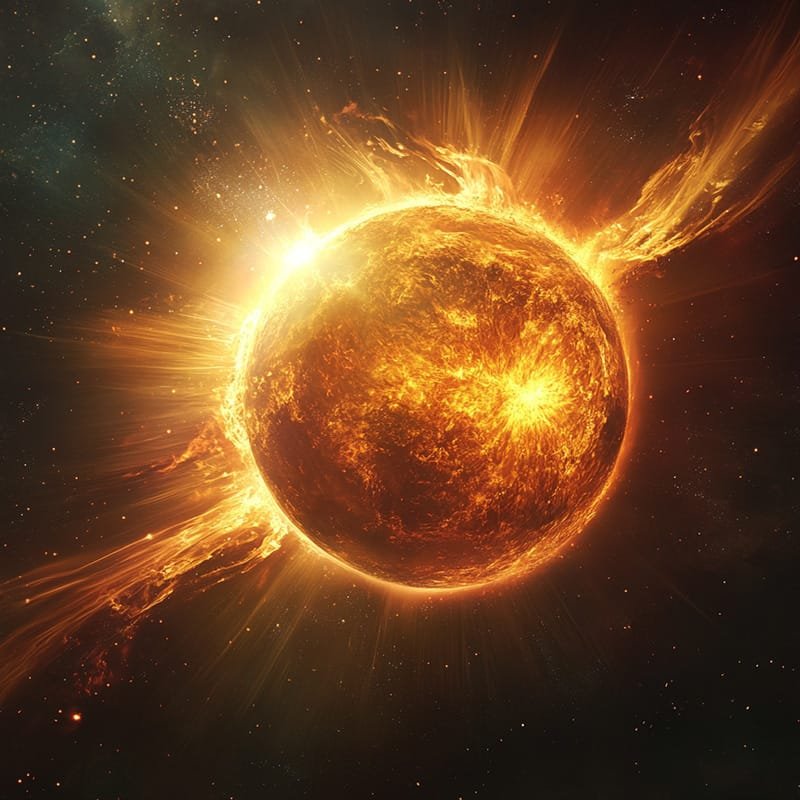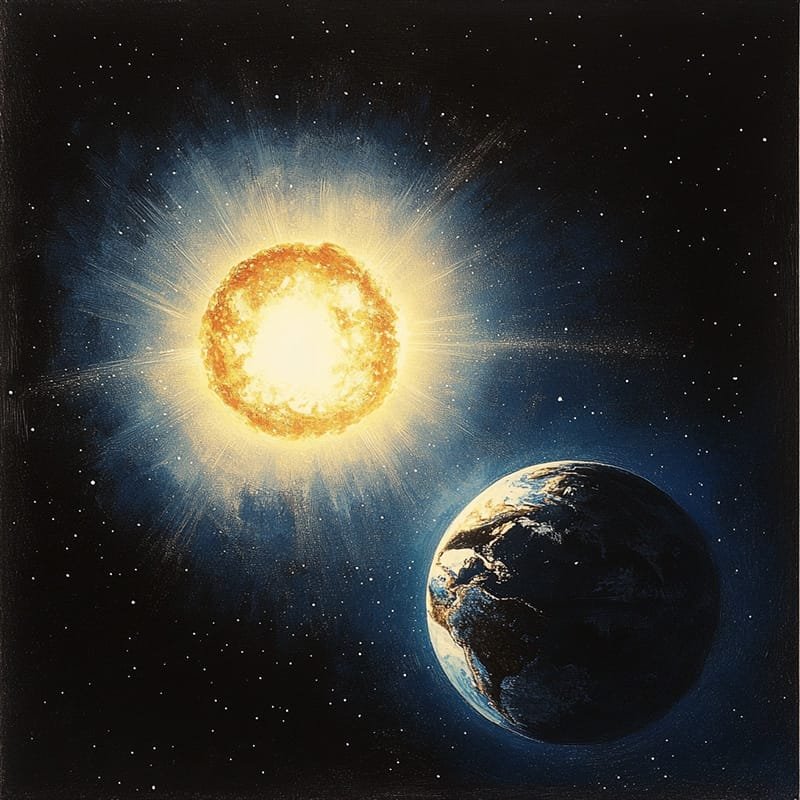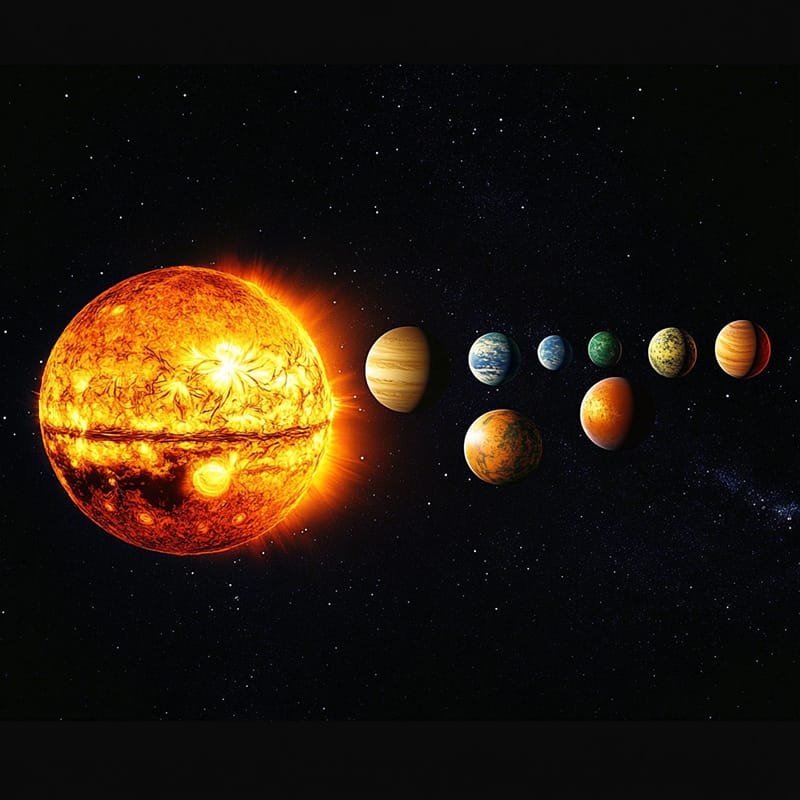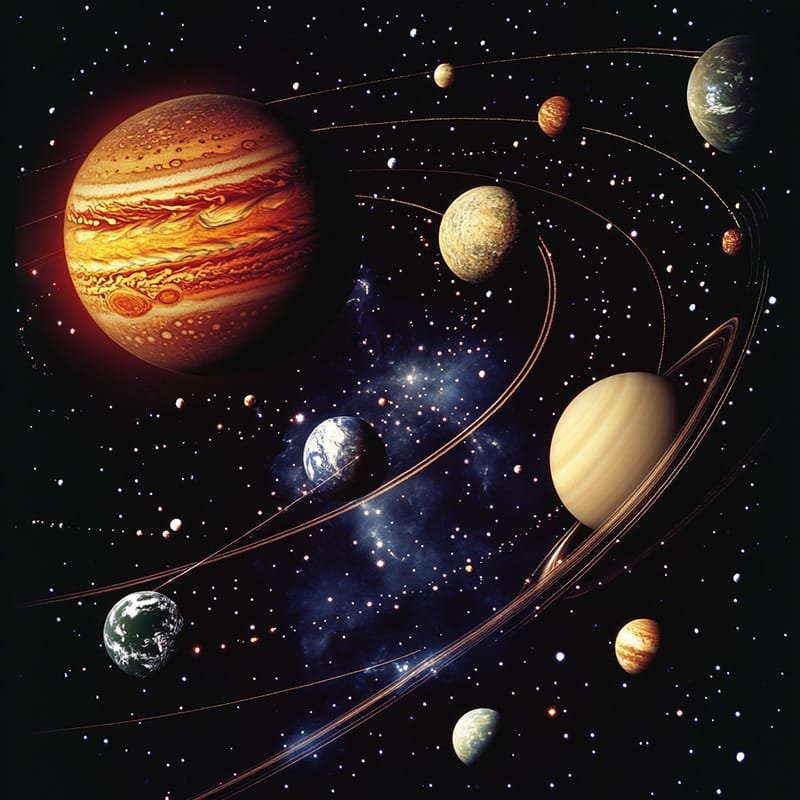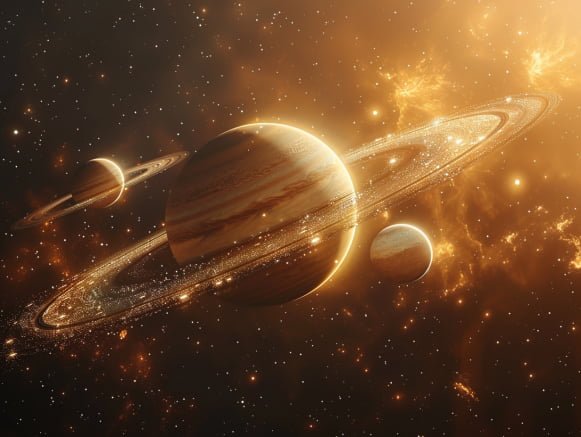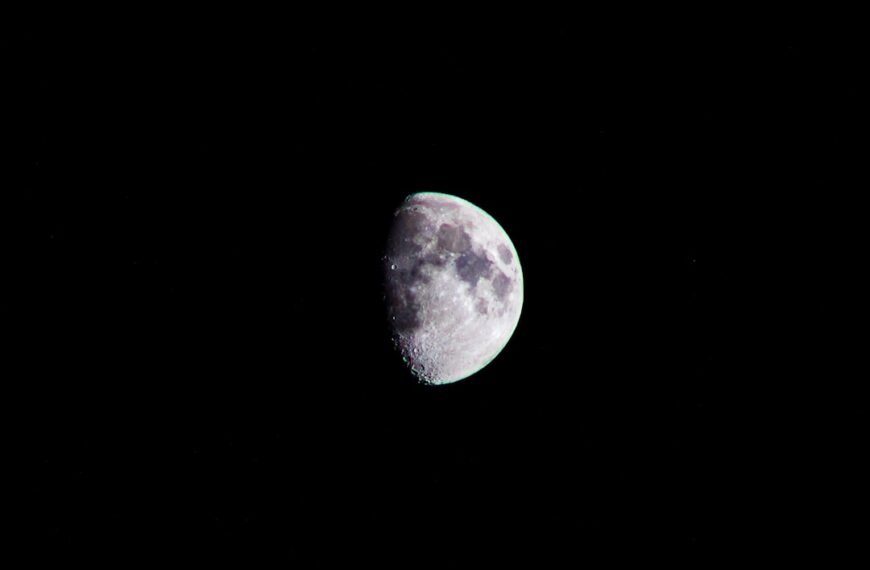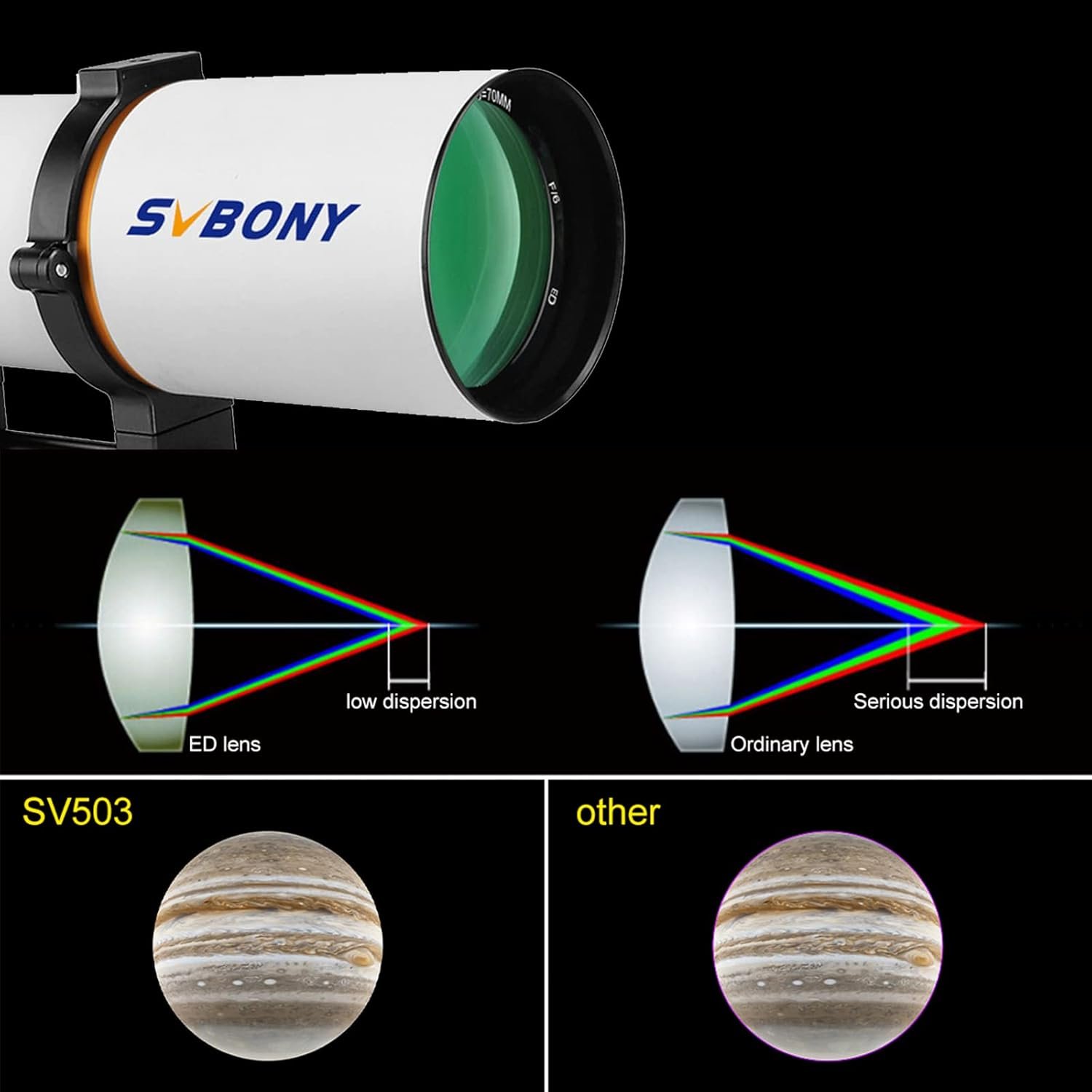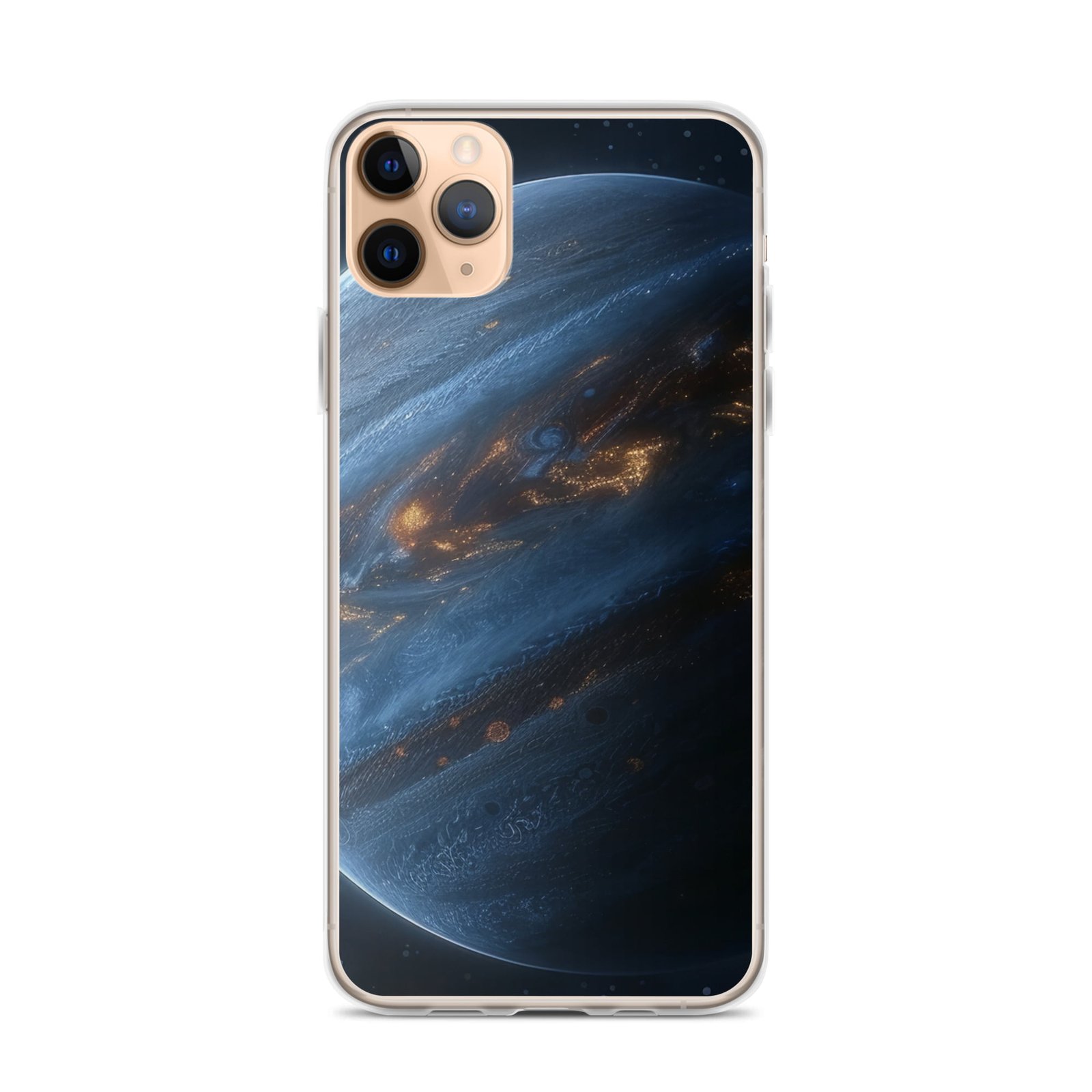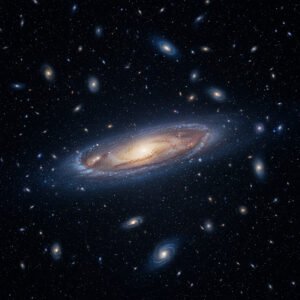Newton’s First Law explains that objects stay in motion unless acted upon. In space, low friction allows Earth to orbit the sun without losing energy.
Physics often challenges our everyday observations and intuitions. This complexity is one reason people find it difficult to understand. A classic example is Newton’s First Law. It states that an object in motion stays in motion unless acted upon by an external force. This law seems to contradict our daily experiences. When we push a coin across a table, it stops. When we throw a ball, it halts after traveling a certain distance. Everything eventually stops. So, how does the Earth orbit the sun without losing energy?
Understanding Newton’s First Law
To grasp why the Earth maintains its orbit, we must first understand Newton’s First Law. Newton observed that objects remain in motion unless a force acts on them. On Earth, friction is a common force that stops moving objects. When you slide a pen across a table, friction between the pen and the table slows it down until it stops. In contrast, space has negligible friction, allowing celestial bodies like Earth to move freely.
Everyday Experience vs. Physics
Everyday experiences often mislead us about motion because we constantly encounter friction. Friction is the force resisting the relative motion of objects or materials sliding against each other. In our daily lives, friction makes the motion cease. However, in space, where friction is absent, objects can move indefinitely without losing energy.
Why Friction Matters
Friction plays a significant role in making physics seem complex. It’s challenging to calculate and predict because it varies widely between different surfaces and conditions. In physics experiments, we use equipment that minimizes friction to observe pure motion. For example, air bearings create a nearly frictionless environment to demonstrate physics principles.
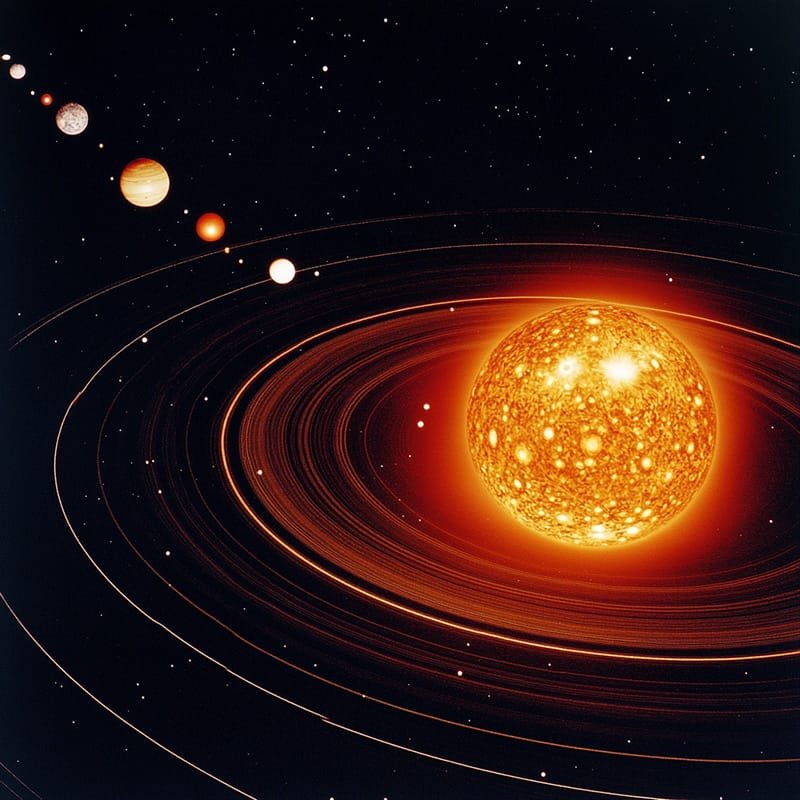
The Role of Friction in Physics
Physicists prefer to study systems where friction is negligible or can be ignored. This preference simplifies equations and models, making it easier to understand the fundamental laws of motion. Engineers, on the other hand, often work with friction because they design systems that must function within our friction-filled world.
Space: A Frictionless Environment
Space is the perfect laboratory for observing motion without friction. The vacuum of space is so vast that it eliminates most forces that cause objects to lose energy. This absence of friction allows planets like Earth to orbit the sun continuously. The lack of friction is why the Earth can maintain its orbit without losing energy.
Celestial Mechanics and Orbits
Understanding how the Earth orbits the sun requires a look into celestial mechanics—the study of how celestial bodies move. This field of study explores how gravitational forces between celestial bodies cause them to move in specific paths.
Gravitational Force
The primary force governing celestial mechanics is gravity. Newton’s Law of Universal Gravitation states that every mass attracts every other mass in the universe. The gravitational pull between the Earth and the sun keeps the Earth in its orbit. This force provides the centripetal force needed for the Earth’s circular motion around the sun.
Conservation of Energy
The principle of conservation of energy explains why the Earth does not lose energy as it orbits the sun. In a closed system like the solar system, energy cannot be created or destroyed. It only changes form. The Earth’s kinetic energy and gravitational potential energy remain constant as it travels around the sun. This balance ensures that the Earth maintains its speed and distance from the sun without losing energy.
Examples of Motion Without Energy Loss
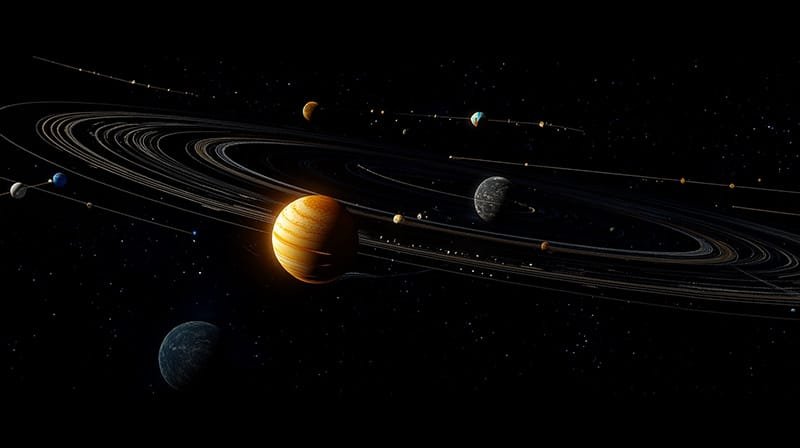
The Moon’s Orbit
The moon orbits the Earth in a similar way. The gravitational pull between the Earth and the moon keeps the moon in its orbit. Just like the Earth, the moon’s motion is not hindered by friction, allowing it to maintain its path around the Earth.
Artificial Satellites
Artificial satellites also benefit from the lack of friction in space. Engineers launch satellites into orbit where they continue to travel without significant energy loss. Satellites remain in orbit for years, demonstrating the same principles that keep the Earth and moon in their orbits.
Addressing Common Misunderstandings
Misconception: Space is Completely Empty
While space is mostly a vacuum, it is not entirely empty. However, the particles and forces present are so sparse that they do not significantly affect the motion of celestial bodies. This near-absence of friction is sufficient to allow planets to orbit their stars without losing energy.
Misconception: Energy Loss in Space
Some people think that celestial bodies should lose energy over time. In reality, the vastness of space means that the forces causing energy loss are minimal. This environment allows planets and other celestial bodies to maintain their orbits over billions of years.
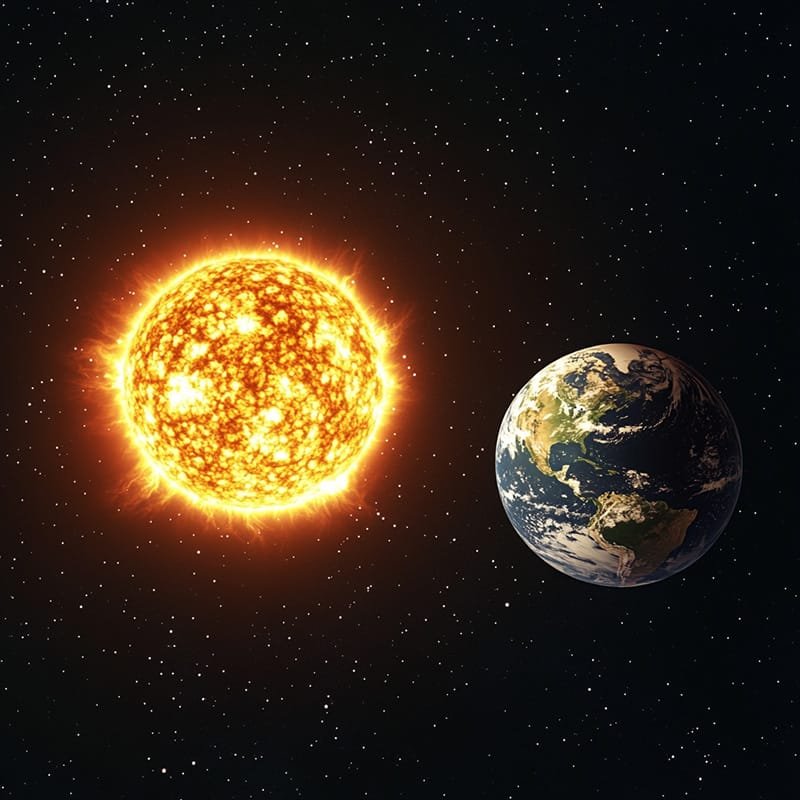
Key Takeaways
- Newton’s First Law: Objects remain in motion unless acted upon by an external force. On Earth, friction is the force that stops motion. In space, friction is negligible, allowing continuous motion.
- Friction in Physics: Physicists study systems with minimal friction to simplify equations and understand fundamental laws. Space provides a frictionless environment for observing motion.
- Gravitational Force: Gravity is the primary force keeping the Earth in orbit around the sun. It provides the centripetal force required for circular motion.
- Conservation of Energy: The Earth’s kinetic and potential energy remain constant, ensuring it maintains its orbit without losing energy.
Understanding how the Earth orbits the sun without losing energy requires us to rethink our everyday experiences with motion. By examining the principles of physics, we can appreciate the delicate balance of forces that allow celestial bodies to move in harmony throughout the universe.
